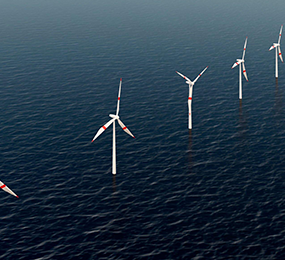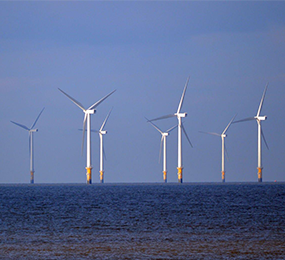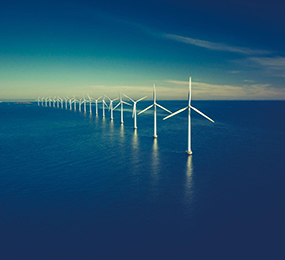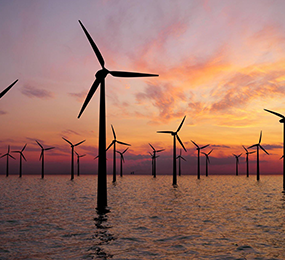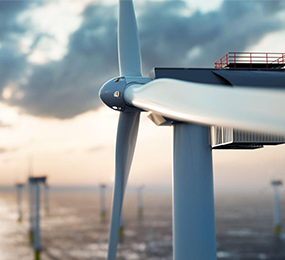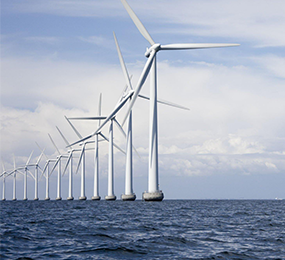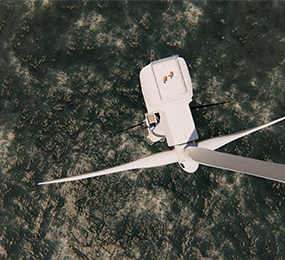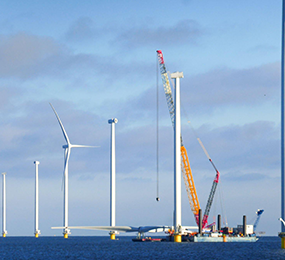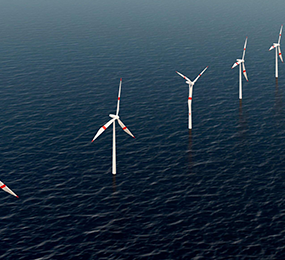Floating Wind in Deep Waters: Technological Breakthroughs and Challenges
Floating wind turbines represent a technological breakthrough in the quest for renewable energy, particularly in deep waters where traditional fixed-bottom turbines are impractical. These innovative structures are buoyant platforms that harness wind energy in deeper sea areas, opening up vast untapped wind resources.
Technological Breakthroughs:
1. Buoyancy Systems: Advanced buoyancy systems, often using a combination of ballast and tension leg platforms, keep the turbines afloat in deep waters. These systems provide stability and enable the turbines to withstand harsh marine conditions.
2. Advanced Materials: The development of lightweight yet durable materials for turbine blades and support structures enhances efficiency and longevity.
3. Dynamic Mooring: Dynamic mooring systems ensure that the turbines remain anchored at the desired location, even in rough seas.
Challenges:
1. Installation and Maintenance: Deploying and maintaining turbines in deep waters is technically challenging and costly. Specialized vessels and equipment are required.
2. Environmental Impact: The environmental impact of floating wind farms on marine ecosystems and wildlife needs careful consideration and mitigation.
3. Costs: While costs are decreasing, floating wind remains more expensive than onshore or fixed-bottom offshore wind.
Floating wind in deep waters represents a frontier in renewable energy, offering the potential to tap into vast wind resources far from shore. Technological innovation and ongoing research are essential to overcome challenges and make this clean energy source more accessible and cost-effective.
Visit our website to know more: https://www.leadventgrp.com/events/4th-annual-floating-wind-europe/details
For more information and group participation, contact us: [email protected]
Leadvent Group - Industry Leading Events for Business Leaders!
www.leadventgrp.com| [email protected]


